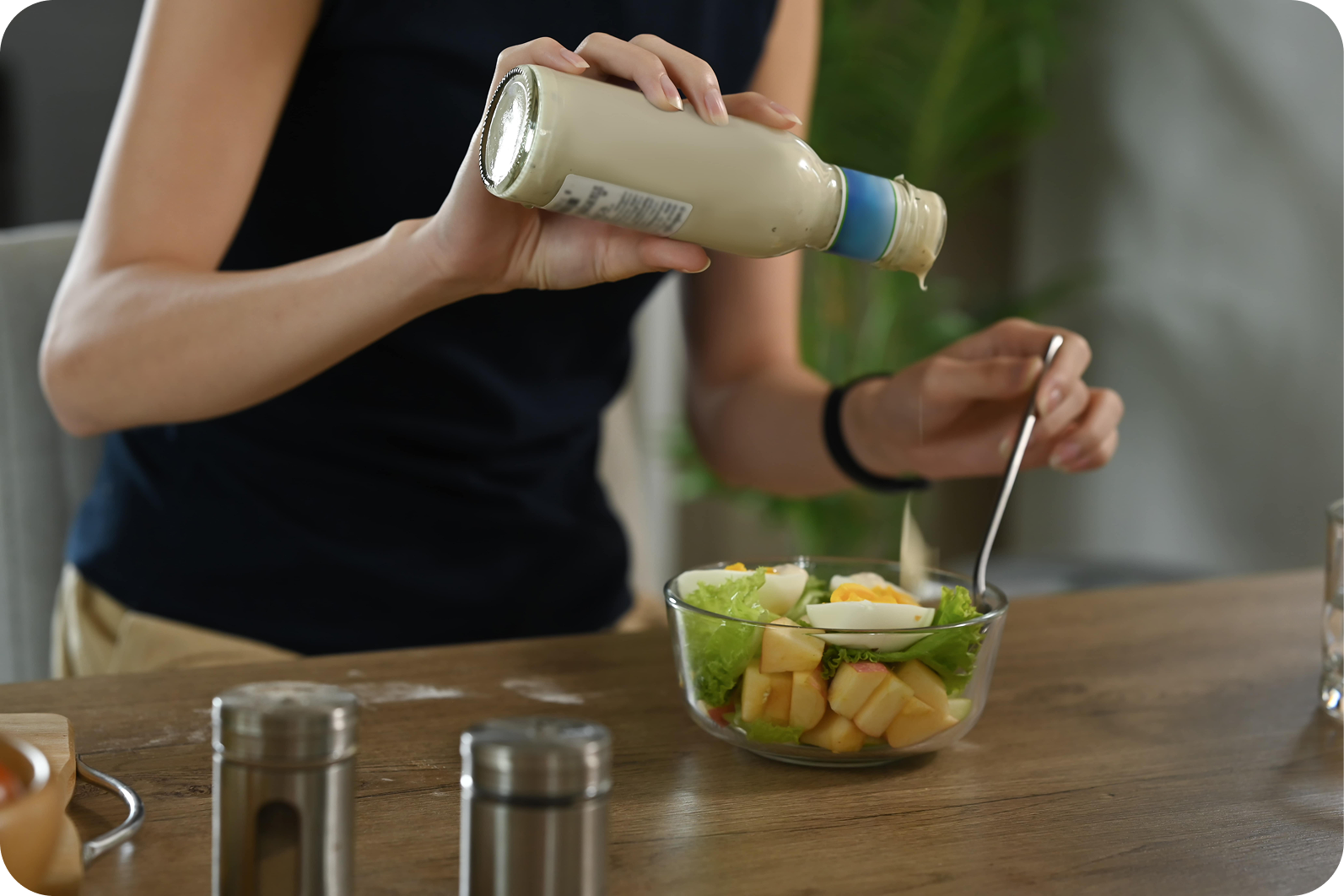Key Takeaways
- “Low sugar” and “keto” branded food can be misleading; they often contain sugar alcohols or carbs that can still spike your glucose.
- Not all sugar alcohols are the same; maltitol, xylitol, and sorbitol can raise blood glucose and insulin levels. Erythritol may pose heart health risks.
- Learn to read food labels: check total carbs, serving sizes, added sugars, and ingredient lists for truly glucose-friendly options.
Whether you are following the ketogenic diet or simply monitoring your sugar intake and glucose levels, it can be overwhelming to sift through “keto-friendly” and “low sugar” products that saturate the market in the summer.
Labels can mask hidden carbs, sugar alcohols, ingredients that spike glucose, or even pose potential health risks.
This article helps you navigate the label maze: what to look for, what to avoid, and how to choose truly glucose-friendly options this summer and beyond.

Understanding “Low Sugar” vs.“Keto” Labels
Some individuals choose a low-sugar diet to help manage medical conditions like diabetes, insulin resistance, polycystic ovary syndrome (PCOS), nonalcoholic fatty liver disease, or aid in weight loss.
Still others follow a ketogenic (or keto) diet, which involves limiting dietary carbohydrate intake to very low levels, with the majority of calories coming from protein and fat. Most ketogenic diets limit daily carbohydrate intake to 50 grams or less.1,2
This eating style induces ketosis, an alternative energy pathway that aids in weight loss and helps regulate glucose levels for some people.1,2
With strong consumer interest in sugar content or the keto diet, the food industry has exploded with products that can make it easier to follow these eating styles. However, it’s critical to understand the meanings of food labels on these products.
Low sugar, no added sugar, sugar-free, or zero sugar
These food label claims can be misleading. It implies the food is low in sugar, but it may still contain sugar, high-glycemic carbs, or sugar alcohols.
The Food and Drug Administration (FDA) defines sugar claims as follows:
- “Sugar free” or “zero sugar”: contains less than 0.5 grams of sugar per serving.
- “No added sugar” or without added sugar”: no amount of sugar or any ingredient containing sugar was added to the food, but it may contain naturally occurring sugars from milk or fruits.
- “Reduced sugar” or “less sugar”: contains 25% less sugar than its original amount.
- “Low sugar”: less than 5% of the Daily Value for added sugar (which equates to 10 calories or 2.5 grams from added sugar).3
Keto-friendly or keto food
There is no regulation or official definition of keto-friendly or keto foods. Typically, these labels indicate that the food is low in carbohydrates (≤20–50g net carbs per day) and high in fat. However, this introduces the concept of net-carb math.
Net carbs don’t have a legal definition either. Net carbs are determined by subtracting the total fiber and sugar alcohols listed on the label from the total carbohydrates (total carbs - fiber and sugar alcohols = net carbs).
Net carb math assumes that fiber and sugar alcohols are not absorbed or digested like sugar or carbohydrates. Indeed, the body doesn’t digest or absorb the full amount of fiber and sugar alcohols, but this varies depending on the food and the individual. The FDA and the American Diabetes Association do not recommend net-carb math, as the food may still affect glucose after eating.4
In reality, learning to read the nutrition facts label and not trusting all the food marketing terms can help you navigate low-sugar and keto products.

.svg)
Key Takeaways
Understanding “Low Sugar” vs. “Keto” Labels
Low sugar, no added sugar, sugar-free, or zero sugar
Keto-friendly or keto food
Watch Out for Sugar Alcohols and Hidden Carbs
Sweeteners to Know: Good & Bad
Summer Product Pitfalls to Watch
How These Ingredients Affect Glucose & Health
Label-Savvy Shopping Tips
Safe & Smart Summer Keto Options
When “Keto” Isn’t Metabolically Safe



.png)

.svg)
.svg)
.svg)
.svg)
.svg)
.svg)
.svg)
